Intro to Antenna Polarization
October 2020In an earlier post, we touched upon different antenna’s intrinsic characteristics, such as gain, radiation patterns, directivity and VSWR. In this post, we touch upon polarization and how it affects an antenna’s performance.
The polarization of an antenna is loosely defined as the direction of the electromagnetic fields produced by the antenna as energy radiates away from it. These directional fields determine the direction in which the energy moves away from or is received by an antenna.
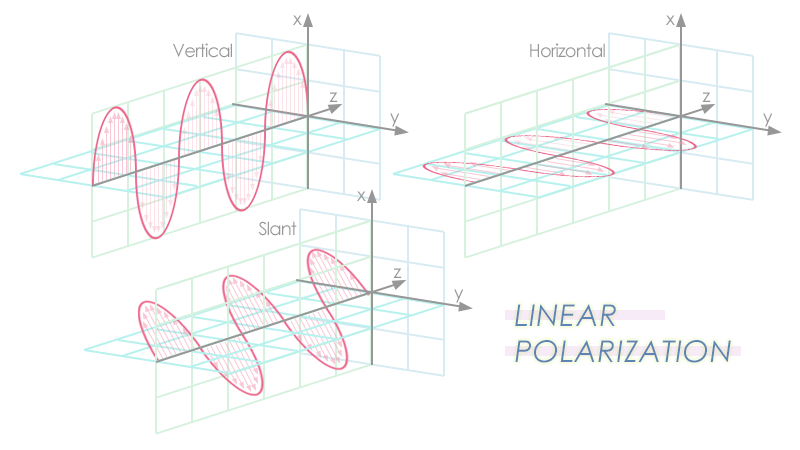
Linear polarization is the most common polarization.
Vertical polarization refers to the oscillation of an antenna’s electrical field on the vertical plane, whereas horizontal polarization refers to the oscillation on the horizontal plane.
Slant polarization refers to an electrical field that oscillates at a 45-degree angle to a reference plane. JEM Engineering’s LPA-069, for example, is a handheld, direction finding, log periodic antenna that can tilt to a 45-degree angle to receive slant, horizontal, or vertically-polarized signals.
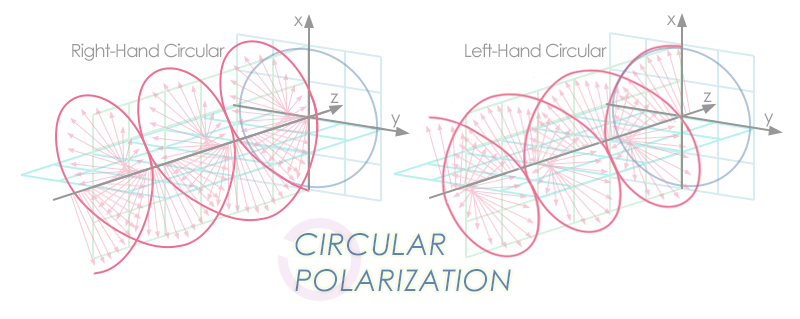
Circular polarization (CP) refers to a radio wave that rotates as the signal propagates. When it rotates to the right, the polarization is referred to as Right-Hand Circular Polarization (RHCP); when it rotates to the left, it’s referred to as Left-Hand Circular Polarization (LHCP). Many of JEM’s multi-band antenna products are circularly polarized. For example, the standard HSA-218 is RHCP, but JEM also makes an LHCP version of the antenna.
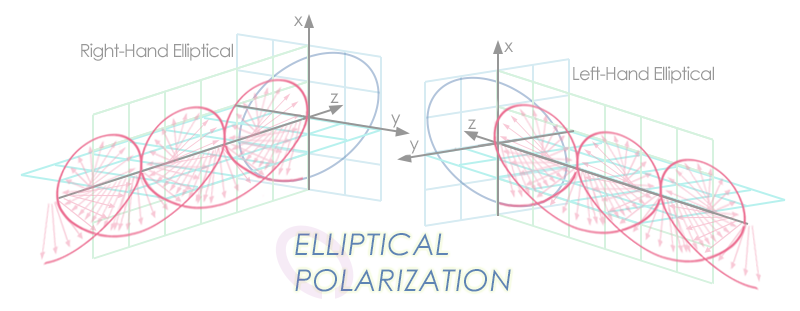
Not to be confused with circular polarization, elliptical polarization refers to an electrical field that is propagated in an elliptical helix. Similar to circular polarization, elliptical polarizaton can either be right-hand, or left-hand.
The way an antenna is mounted affects its polarization.
A straight dipole antenna will have different polarizations when mounted either horizontally or vertically. Thus, a horizontally polarized antenna will perform better when mounted near a ceiling, whereas a vertically polarized antenna will perform better when mounted near a side wall.
Omnidirectional antennas can be dual polarized.
Omnidirectional antennas, such as the JEM-0221A, radiate radio frequency energy in all directions perpendicular to the antenna’s axis in a doughnut-shaped pattern. Although omnidirectional antennas are usually vertically polarized, they can also be circularly polarized or dual polarized. Circular polarization helps mitigate the reflections that are common in omnidirectional antennas.
A circularly polarized omnidirectional antenna is insensitive to wave orientation. Thus, they provide particularly effective performance and gain. In receiving antennas, a dual polarized CP omnidirectional antenna offers optimal transfer of electromagnetic energy. Ideal for field-sensing and signal environment monitoring applications, the WSA-0520, is able to receive vertical, horizontal, RHCP and LHCP polarized signals equally.
Latest Posts

STEM with JEM
Did you know that National STEM Day falls on the 8th of November each year? That’s because the abbreviation “NOV8” actually stands for “INNOVATE.”
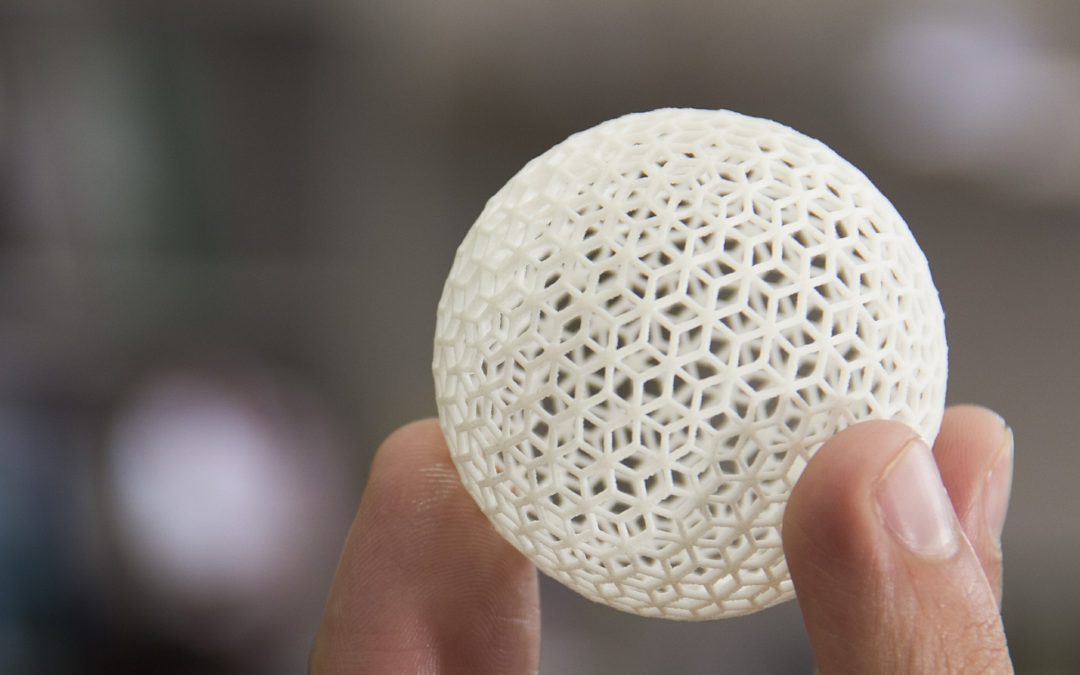
Reshaping Antenna Design with 3D Printing
As we discussed in a previous post, before we can manufacture, we must prototype. For this step in the process, we are beginning to explore additive manufacturing, or as it’s more commonly known, 3D printing.
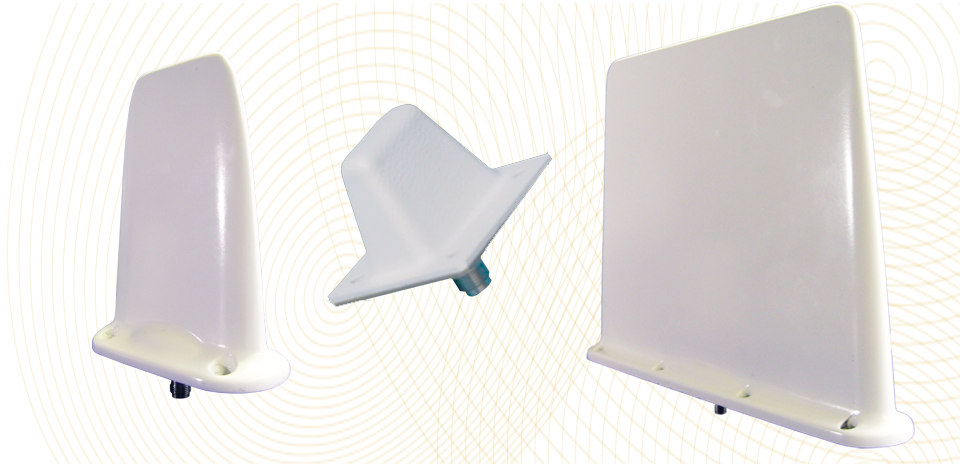
An Overview of Unmanned Aerial Vehicles — and their Antennas
An unmanned aerial vehicle, or UAV, refer to a vehicle that is able to fly remotely, either with some sort of controller or autonomously. An unmanned aircraft system, or UAS, includes not only the UAV, itself but also the person on the ground controlling the flight, as well as the system in place that connects the two of them.

An Introduction to RF Testing
RF testing is used to measure a variety of different antenna attributes. In this post, we discus a few ways in which rf testing can help determine if your device is performing the way it should.
